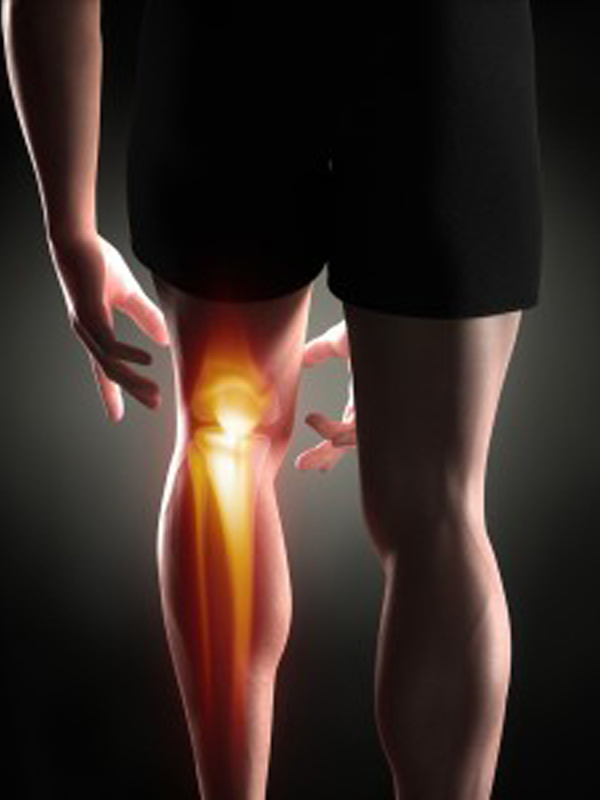Knee Pain
Meniscus Tears (Medial and Lateral Meniscal Tears)
A torn medial or lateral meniscus can cause pain and limited mobility in the knee. The meniscus is a C-shaped wedge of cartilage that cushions and stabilizes the knee joint. The meniscus can become torn from degenerative conditions such as osteoarthritis, excessive force, or trauma to the knee. Because the meniscus has no blood supply (similar to other cartilage), these tears are difficult to heal and may worsen over time.
The most common symptom of a meniscus tear is pain with movement of the knee, but other symptoms may include a popping or clicking sound or sensation, swelling, tenderness when pressing on the sides of the knee joint, or limited range of motion.
Conservative treatment options for torn meniscus include rest, ice, physical therapy, anti-inflammatory medications, and bracing. Injection based therapies include steroid, Platelet Rich Plasma (PRP), and Bone Marrow Concentrate Therapy (BMC).

